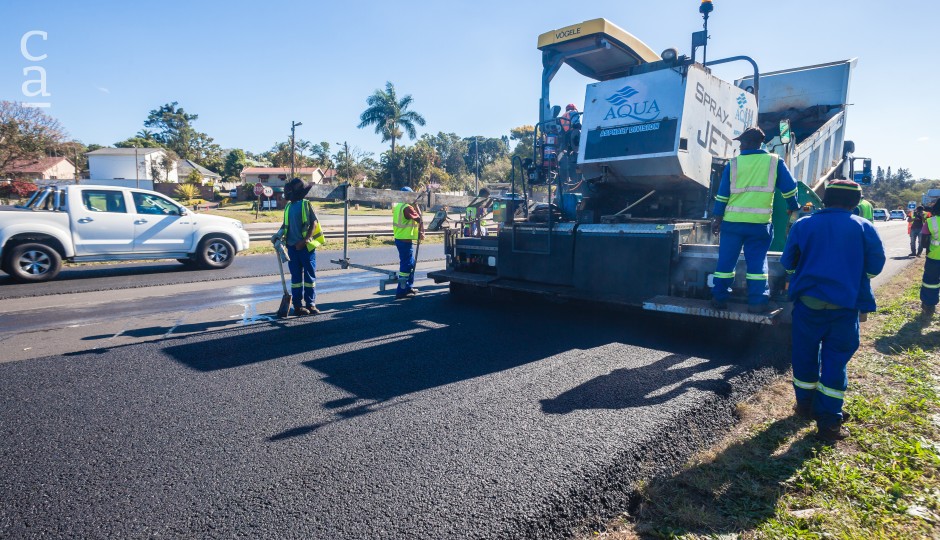Southern Africa
South Africa's CSIR & 'Much Asphalt' construct road with sustainable materials
Locally available micro-fillers and recycled tyres have been successfully applied by South Africa's Council for Scientific and Industrial Research (CSIR) and asphalt production company 'Much Asphalt' to construct a road section.

The Council for Scientific and Industrial Research’s (CSIR) new research efforts towards providing alternative product and knowledge routes for the asphalt pavement industry are paying off. The intention of the research is to open up the industry and enable the inclusion of more players (job creation) and eventually engineer economical, yet
Want to continue?
Subscribe to get access to premium content
By subscribing you get access to the Newsfeed, Tenders, Events



